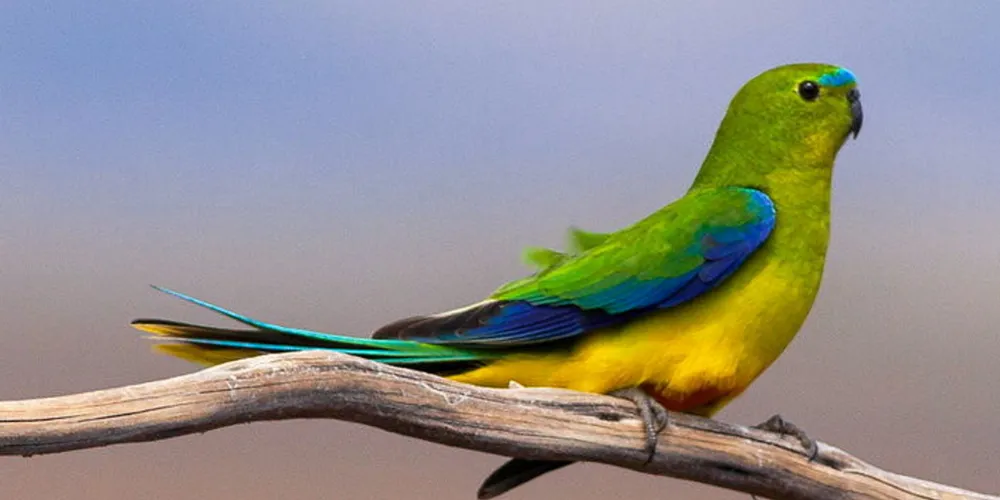Jack-up Jill starts New York's offshore story, Big Oil's green spree and wind power's parrot peril
AGENDA | Our curation of the must-read news and analysis from the-week-that-was in the global renewable energy industry

AGENDA | Our curation of the must-read news and analysis from the-week-that-was in the global renewable energy industry
